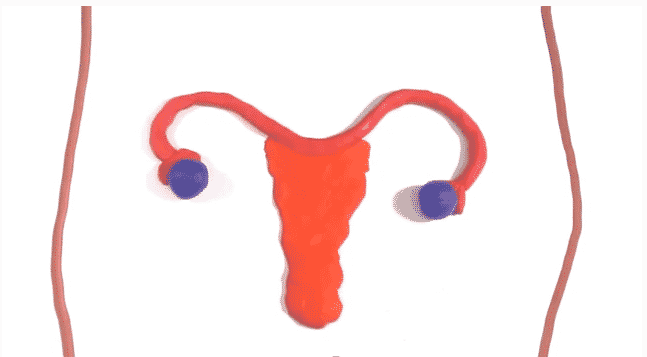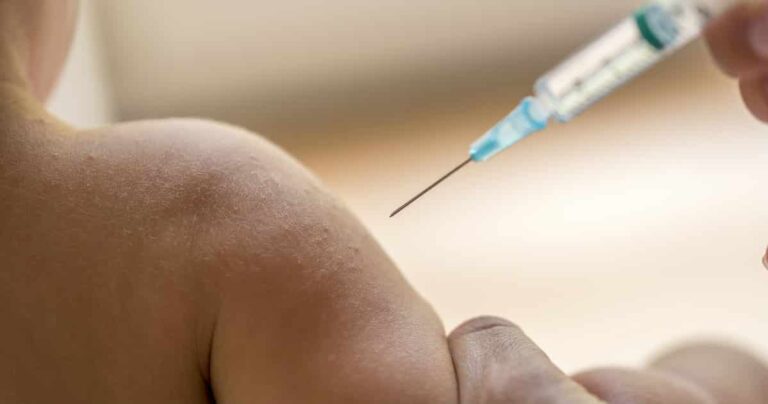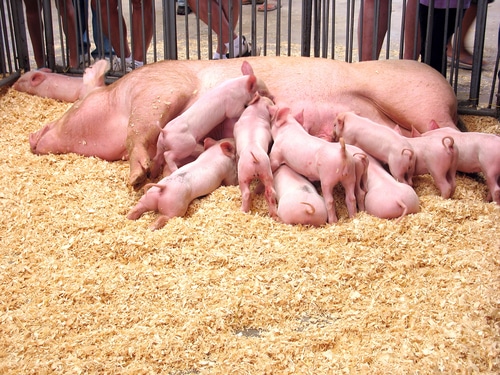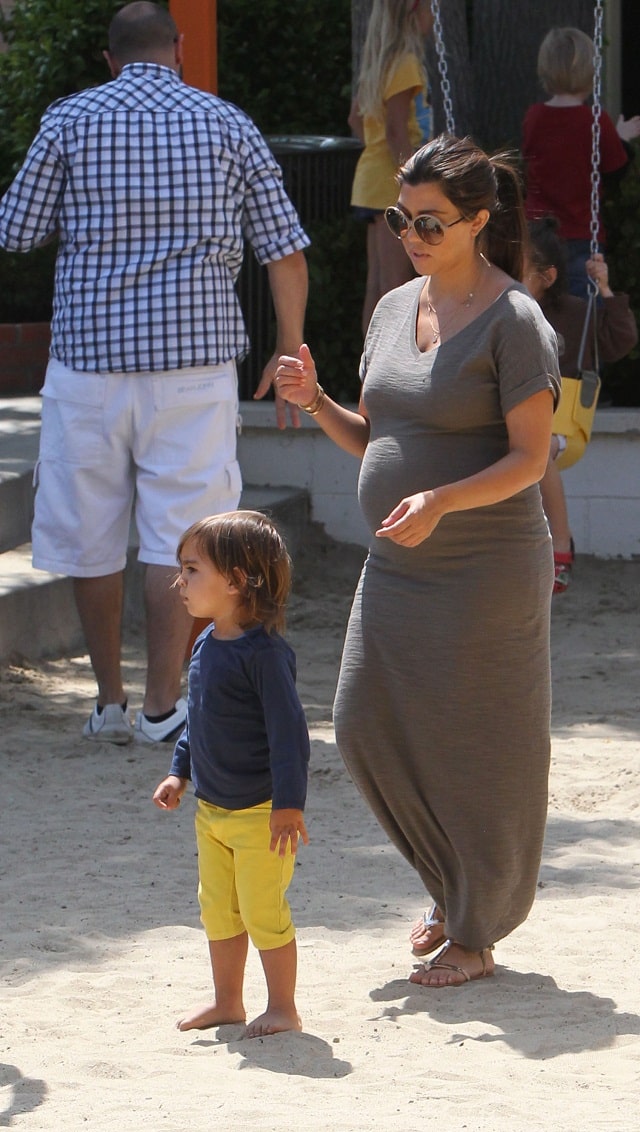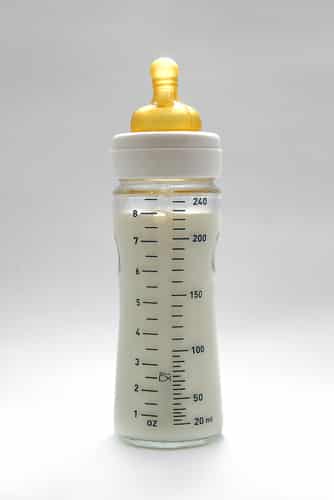Miracle Twins Born In Ireland Three Months Apart Give A New Meaning To The Term ‘Irish Twins’


But this set of “Irish twins” were born in Ireland — 87 days apart. And there was no slight of hand involved — these twins were conceived at the same time and carried by the same mother in the same womb. I’m still wondering how that is possible myself.
Not long after mother Maria Jones-Elliot told friends and family she was pregnant with her third and fourth children — twin girls — a terrible thing happened. Her water broke and labor began just 23 weeks into her pregnancy.
One twin, Amy, was born on June 1, 2012, four months premature and weighing just over one pound. The other twin remained in mom’s womb, which is miracle enough for me. In the U.S. they make a big deal about potential risk of infection once your water breaks. As soon as that happens, you are on a rigid time-clock. Most doctors give 24 hours of labor before declaring an emergency C-section necessary.
It turns out in the case of these Irish twins, the doctors let nature run its course. They let Maria labor for two full days (“grueling” she says) when she finally delivered the first twin, Amy. That’s when things took a bizarre turn.
”Amy was rushed to intensive care. I was exhausted but it wasn’t over there was another child and so I had to focus.”
But Maria’s contractions finished. She said: ”They stopped dead it was like I’d never even given birth.
”The doctors said they had never seen anything like it.”
”They tried to induce me the next day but nothing happened. Eventually Chris and I said enough is enough. Let nature take its course.” Then came a seemingly endless wait.
Maria explains she and her husband, Chris, were constantly “torn between joy and worry” for the next 87 days.
”I call the girls our little miracles,” she said. ”As I held Amy for the first time I stroked my bump and prayed to God. I just wanted my girls to be together and safe and well.
”Usually you experience nothing but joy at the birth of a new baby, but it was so achingly bitter-sweet as both of their lives hung in the balance.
”Amy was fighting for life in an incubator and Katie was struggling to survive in my womb. It was the hardest three months of our lives. But Chris kept saying, ”˜Where there’s life there’s hope.’”
At 36 weeks, doctors induced Maria for the second time on August 27th, when Katie was born. I knew twins who call themselves the “older” sibling over just minutes of additional life outside the womb, but Amy is going to have major rank to pull on her sister. She has 87 days on Katie — and she fought for every one of them.
“For a baby delivered at 23 weeks to survive, is a huge achievement from everyone’s point of view,” Dr. Sam Coulter Smith, chief of Dublin’s Rotunda Hospital and an expert in obstetrics and gynecology, told the Irish Times. “For a 23-week twin to survive is even bigger because twins often behave more prematurely than singleton babies. That really is right at the absolute border of viability.”
The twins are thriving now as Amy approaches her first birthday next month — and Katie, well, 87 days behind. The best perk for the girls will surely be no joint birthday parties, a rare special treat for twins. For me, I am dying to know if the girls got on the same feeding/napping schedule, or if one will make the cut off for the school year, while the other one would be red-shirted. There are tons of books and blogs devoted just to raising twins, but as far as I know there is only one that addresses these unique Irish twins — the Guinness Book of World Records.
(photo: Dirk Ott/Shutterstock)

